How Great is Your Product and the Ambience of Your Stores?
You may not have noticed it, but beautiful ambience help customers to relax, make choices and purchase from store owners. Just take a look at your office or store, how good is it? Would you want to shop in an environment like yours?
Luxury brands spend millions of dollars in store design because they know that if you sell diamond on a heap of trash, people will devalue it.

The ambiance, the packaging, the branding and overall outlook of your store will tell customers about your products in a split second. People take things for granted and that is why we don’t have outstanding brands in our clime.
This story will throw more light on this discussion.
In the early 80s, The Gap was a chain of pedestrian clothing stores stocked with records, as well as Levi’s and other casual clothes, some mixed in with The Gap’s own brand.
Then, in 1983, the new CEO; Mickey Drexler, remade the company. He softened the lights, bleached the wood, piped in music, expanded the dressing rooms, and decorated the walls with large black-and-white photographs by famous photographers.
Each store gave the customer a place to experience the brand Drexler envisioned. He wasn’t selling luxury but creating a world around the brand and engaging the customer face-to-face.
He learned from luxury brands and created an image of the luxury. His strategy stoked revenue and profits, and The Gap began a twenty-year run that was the envy of the retail sector.
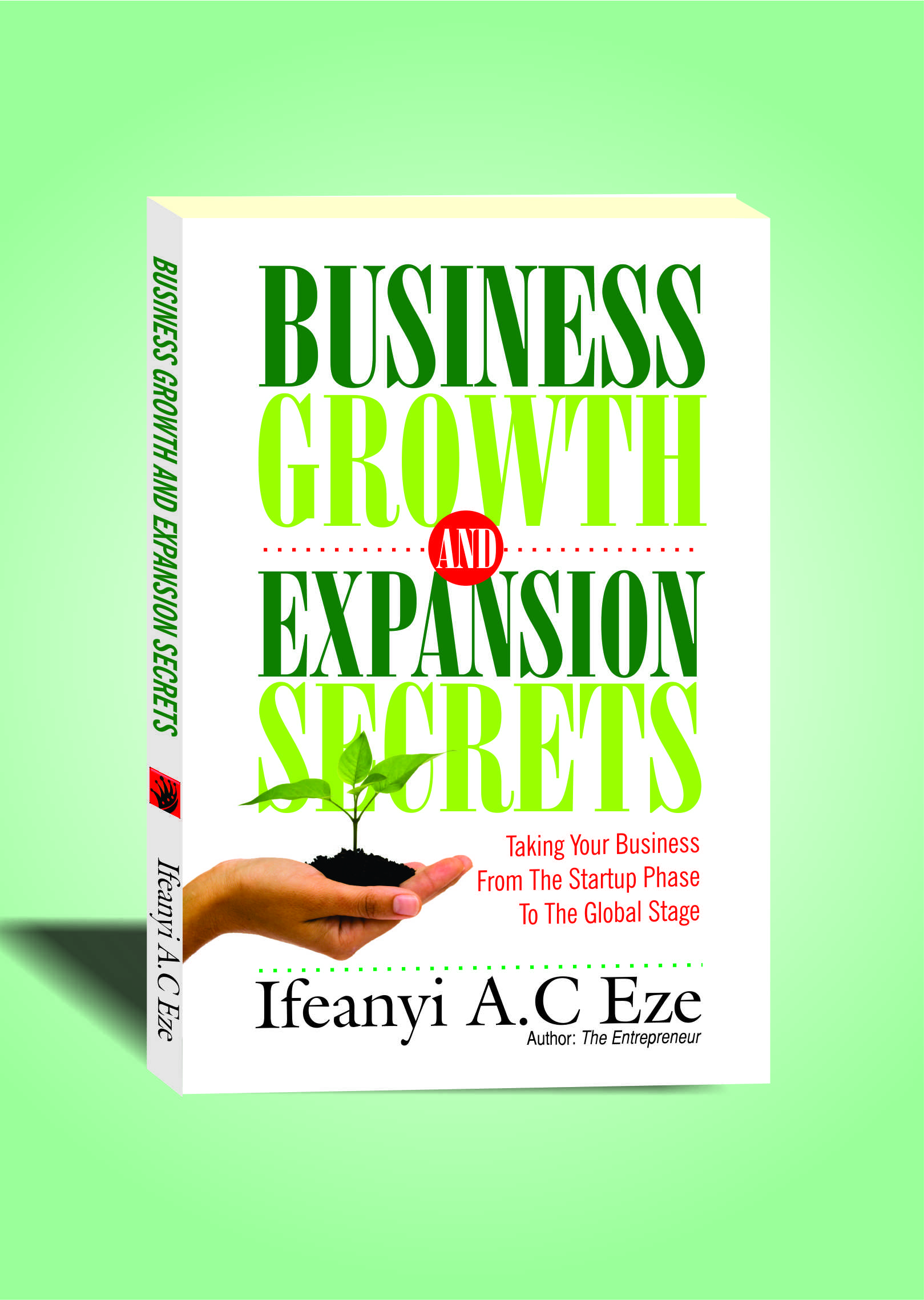
Drexler recognized that while television could broadcast a brand’s message, physical stores could go much further.
They gave customers a place to step into the brand, to smell it and touch it. The store, Drexler decided, is where he would build brand equity. So, while Gap’s key rival, Levi’s continued to create the best TV commercials, Drexler built the best stores.
The result? From 1997 to 2005, The Gap almost tripled in revenue, from $6.5 billion to $16 billion, while Levi Strauss & Co. sank from $6.9 billion to $4.1 billion. Brand building moved from the airwaves to the physical world, and Levi’s got caught flat-footed.
So, what are you waiting for? Change the outlook of your shop. The money you’ll spend in the renovation and decoration will come back in many folds. The best way to do it is to get a good interior designer to transform that store.
Steve Jobs applied the same strategy at Apple Inc. when he returned to the company. On May 19, 2001 Apple launched its first Apple Store. Apple stores were glitzier than Gap stores. Most experts yawned. They said that brick and mortar was outdated. But that was the greatest mistake Apple competitors made.
Apple stores changed the tech industry—and advanced Apple as a luxury company. The iPhone drove Apple’s shares, but stores drove the brand awareness. It is very easy to see the stores of luxury brands like Luis Vuitton, Cartier, Hermès, and then Apple store. Seeing Apple stores on the same street with luxury brands made people to see Apple products as luxury brands also.

A $10,000 Hublot wristwatch or $36,000 rose gold 33 mm automatic Cartier Ballon Blue watch will loose its value if it is sold in a retail store. What adds value to luxury brand is not just the product, but where and how it is sold. Steve Jobs understood that and transformed Apple products to luxury brands.
Success in luxury comes from detailed attention and uncommon craftsmanship. Right from the creation of the product to the packaging, to shipment, to where it is sold and after sales services—everything speaks of luxury and excellence.
But when it works, and your luxury brand is known in your nation or globally, you are made for life. You can manufacture a product with $500 and the selling price will be $5,000 because of the detailed design and exquisite manufacturing and sales strategy.
Branding is the process involved in creating a unique name and image for a product in the consumer’s mind, mainly through advertising campaigns with consistent theme.
Branding aims to establish a significant and differentiated presence in the market that attracts and retains loyal customers.

Simply put, your brand is your promise to your customers. It tells them what they can expect from your products and services, and it differentiates your offering from that of your competitors. Your brand is derived from who you are, who you want to be and who people perceive you to be.
If you truly want to know how to strategically create your own brand and your overall brand architecture, then you must sign up for Branding and Packaging Coaching right away. Chat with me on WhatsApp right now or send an email to [email protected]
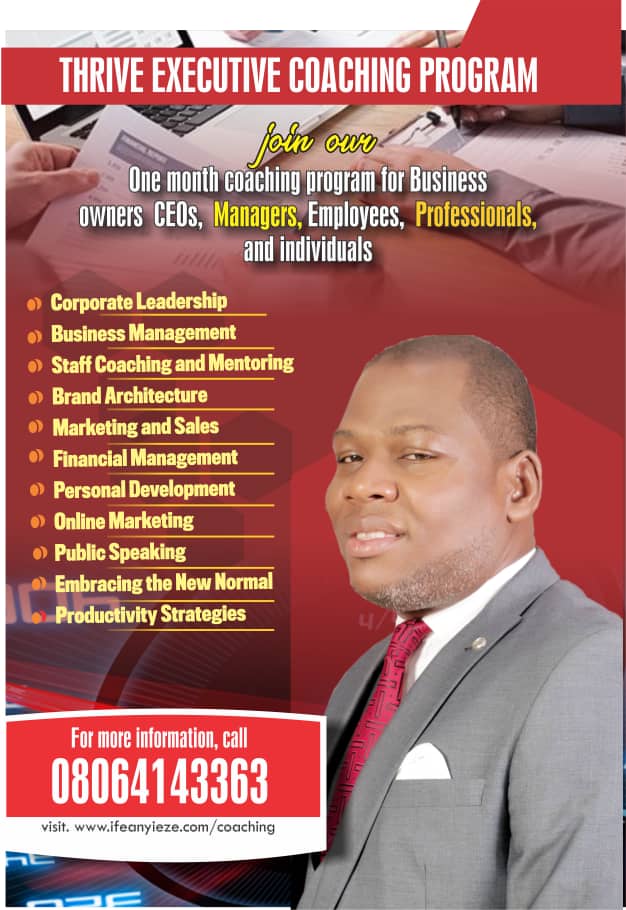
What did you learn today? Share your thoughts with others at the comment section below.
See you at the top!
Copyright 2021: www.ifeanyieze.com. Reprint, curation, adaptation, or reposting this article without the consent or approval of www.ifeanyieze.comis a copyright theft.
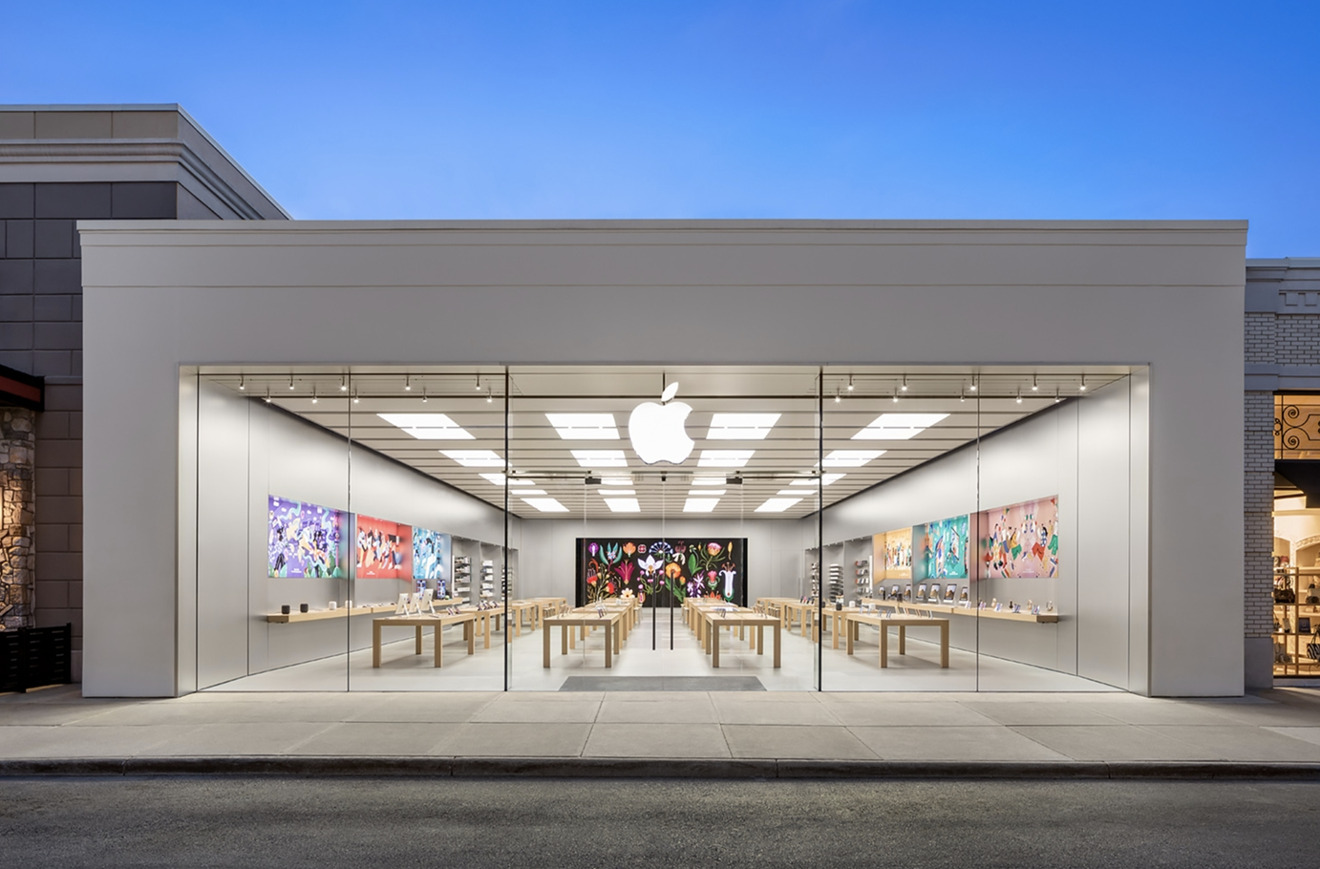
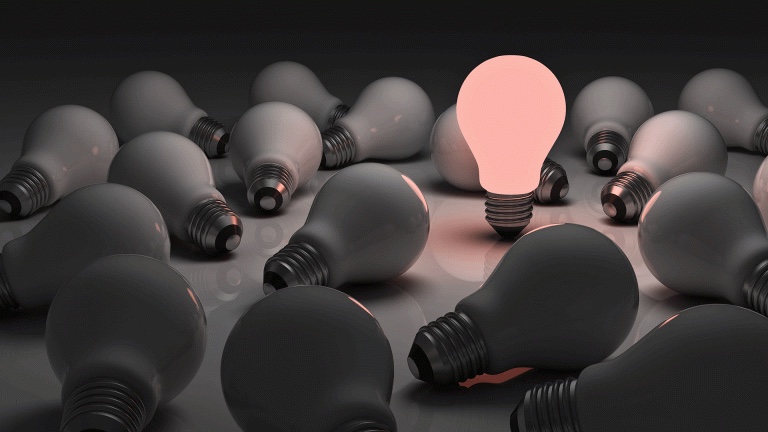


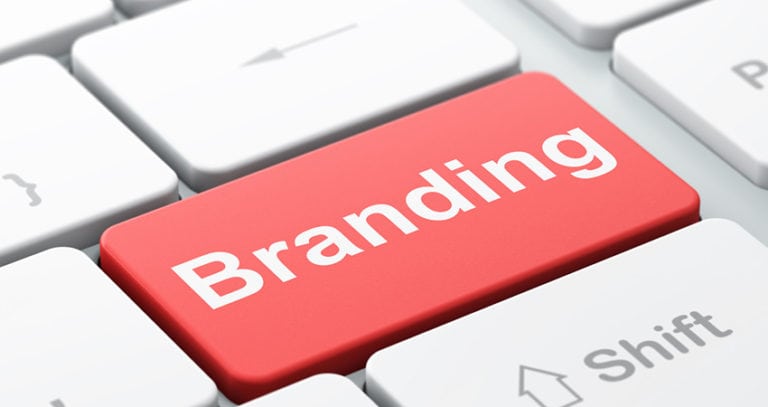


Lesson: it’s not all about your production or product, but it’s about your branding and packaging. Your brand and packaging describes your identity and the value of your products. People are looking for astounding packaging in the society and not generics. I’ve really learnt a lot from this write up. More grace Sir.